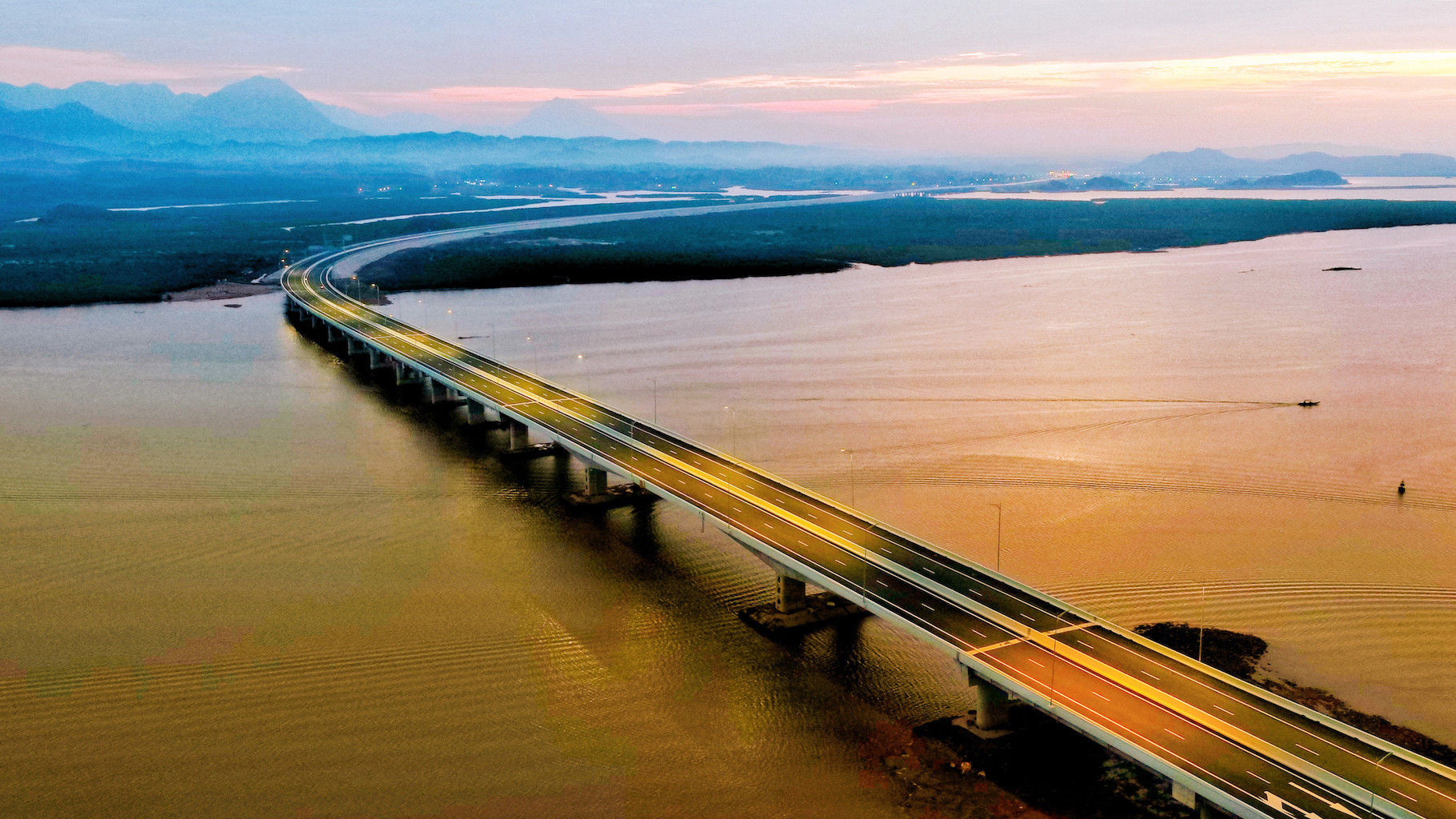
Recently, I met some businesspeople and leaders of Ben Tre, which has suffered most heavily from climate change. They said businesses in Ben Tre are facing unprecedented challenges because of sea water level rise. There are many rivers in the province, but there is little freshwater. The cultivation has been affected because of saline intrusion everywhere. Farmers and businesses are struggling to exist amid the water shortage and they don’t know what to do to solve the problem.
I told them that they need to have reverse thinking to cope with the difficulties, and that there is only one choice – turning the challenge into an opportunity. The local authorities need to realize the challenges and opportunities for businesses, while businesses need to respond and take full advantage of the opportunities to struggle with adversity.
Ben Tre is lacking freshwater, which is a big challenge. But for those who can create freshwater, this is an opportunity to make money. In this case, a challenge turns out to be an opportunity.
Farmers cannot till rice in saltwater areas, but they can hatch shrimp and develop aquaculture to take full advantage of the saline intrusion.
So, to overcome challenges, one should think of doing something which was not done in the past to generate another development structure.
It is possible to turn challenges into opportunities for development if reasonable policies can be set. If people just spend time to complain, they will never overcome adversity.
The inversion in thinking, turning challenges into opportunities, has become the inspiration for development in many localities.
Quang Ninh is an example. In the past, the province had underdeveloped infrastructure, which made it difficult to travel between provinces and neighboring areas.
To solve the problem, Quang Ninh called for private investment to develop airports and highways. Van Don Airport, Ha Long – Mong Cai, Ha Long – Hai Phong which connects with Hai Phong - Hanoi highways have helped turn Quang Ninh into a province with most favorable transport conditions in Vietnam.
However, Van Don is not yet internationally accessible. The province has developed infrastructure well, but it doesn’t have associated items. International airport should have connected with international traffic. The tourism market still cannot develop proportionally with the infrastructure development. The bottleneck needs to be removed to create opportunities for Quang Ninh’s international connections.
Large spaces for private investors
The projects on North-South Expressway and coastal highways are under execution and they are expected to be completed in several years. The noteworthy aspect is that Vietnamese companies have been assigned to implement the projects, not foreign contractors.
Vietnam’s businesses have been given opportunities to improve their financial and technical capabilities. Infrastructure, which used to be a great challenge for Vietnam’s development, has become an opportunity for development. Entrusting transport infrastructure projects to Vietnamese companies, instead of foreign contractors, is encouraging.
With such a new way of thinking, Vietnam has built many highways during a short time.
In addition to the highways that connect cities and provinces, Vietnam also needs ‘information highways’ for digital transformation and Big Data. It also needs to accept the challenges from green transition, green economy, circular economy and the carbon market and consider them as opportunities. The changes in economic infrastructure will generate new opportunities if this can be exploited.
However, I can see a problem in that the state takes on too many things. The building of the North-South Expressway, for example, is not in line with the PPP Law which encourages private investment. The state should have set up policies to encourage private investors to develop the project, rather than implement the project itself.
The enterprise equitization has also been going very slowly. To date, only 8 percent of capital of state-owned enterprises has been equitized.
Once state’s assets are transferred to the private sector, assets will be more effectively managed. If so, the state will be able to collect more taxes, while the country will have more resources for development. Once the state divests from enterprises, it will have more money to spend on other important works.
The current approach to the private sector makes it impossible for private businesses to grow. Resources are still allocated according to the ‘ask and grant’ scheme, rather than market rules and fair competition.
Tran Dinh Thien